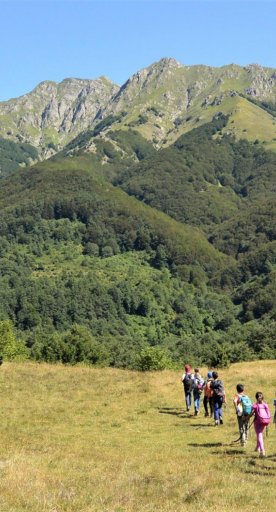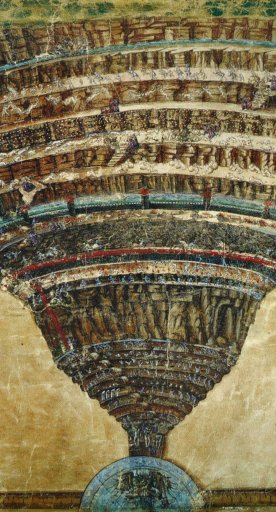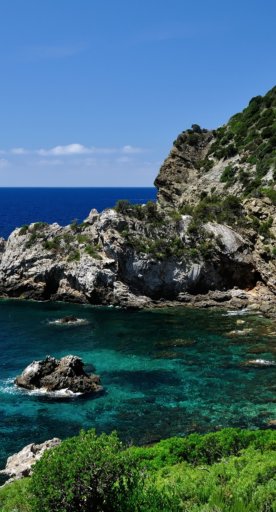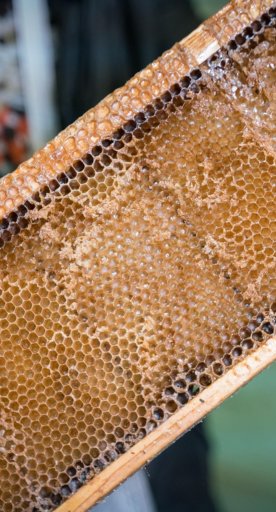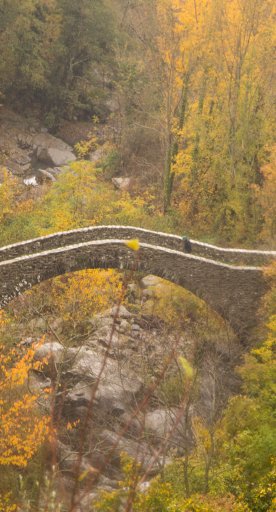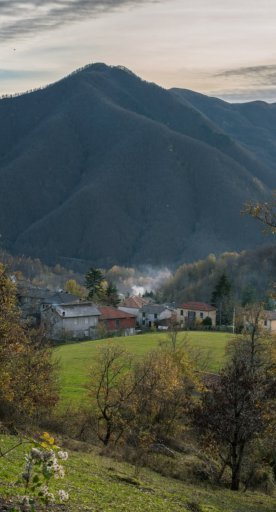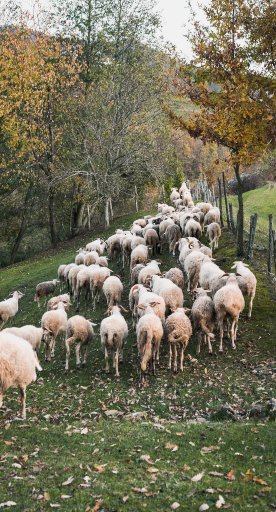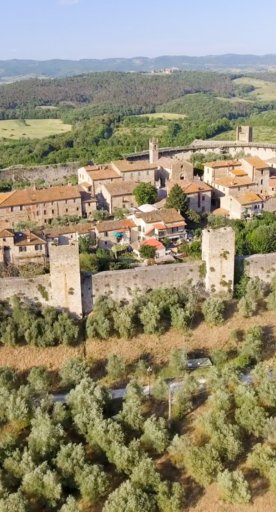The museums you don't expect along the Via Francigena
There are places that know how to open a window on lesser-known aspects of Tuscany, such as the unusual museums encountered along the Via Francigena
Along the route of the Via Francigena you will encounter numerous museums and picture galleries where medieval frescoes and Renaissance works make a fine display, telling the story of Tuscany's golden ages. In addition to the better-known ones, a number of unusual museums line this ancient route, telling different facets of the area: by visiting them, it is possible to travel back in time thousands of years, discover rural and artisanal traditions, and enter the homes of great artistic personalities.
-
1.Museums of history, places of the past
-
2.Museums of traditions, amid country life and works of yesteryear
-
3.Music, poetry and the contemporaneity: museums of the arts
-
4.Child-friendly: museums for kids
Museums of history, places of the past

The events of the peoples who have trodden Tuscan soil for centuries have their roots in eras long before the Middle Ages.
Traces of the more distant past remain in the mysterious anthropomorphic statues that fill the Museo delle Statue Stele of Lunigiana, housed in the impressive Piagnaro Castle in Pontremoli. These are stone sculptures dating back to prehistoric times, millennia-old evidence of a people who lived among the forests of Lunigiana at the dawn of civilization.

The rule of the Etruscans has left behind numerous artifacts: tools and objects of various kinds have made it possible to learn about the history and customs of these incredibly advanced communities, which today constitute a vast narrative to be discovered in the halls of the Civic Archaeological Museum of Camaiore and the Archaeological Museum of San Gimignano. Precisely this latter, in the section dedicated to Etruscan civilization, exhibits Hinthial: the statue, known as Ombra di San Gimignano (Shadow of San Gimignano), is made of bronze and reproduces an offeror, a figure associated with sacred places and ritual moments.
Instead, within the Renaissance walls of Lucca is the Via Francigena Entry Point, an exhibition space dedicated to telling the story of pilgrimage and the experience of the journey. The route comes to life in the tunnels running under the Bulwark of San Salvatore and ends in the former Casa del Boia house (House of the Executioner), once the home of the Master of Justice, which today with its multimedia exhibition is the heart of the museum.

Unique is the case with the museums of Siena's contrade, district exhibitions that guard art and traditions: in these memory houses of the Palio, located within each contrada, sculptures and painted panels take their place, coexisting alongside Palio costumes and winning drapes, often the work of internationally renowned artists.
Museums of traditions, amid country life and works of yesteryear
Along the Via Francigena, there are a number of museums that tell of a past of toil and manual labor. To discover how life was lived in the Medici era, you can visit the rooms of the Museum of Labor and Popular Traditions of Historic Versilia, set up in the Medici Palace in Seravezza, a UNESCO World Heritage Site. The exhibit, consisting of eleven rooms, is a window into the daily life of the past, made up of poor dishes and long hours at the loom. One section is dedicated to marble working, Seravezza's pride and joy.
In the Museum of Sharecropping in Buonconvento, on the other hand, films, period photos and tools tell the story of the sharecropper life, with testimonies and original documents; the exhibit, which also features multimedia stations, is located inside an old farmhouse, not far from the village's medieval walls.

The traditional art of glassmaking in the Val d'Elsa is well represented in the permanent Exhibition of glass in Gambassi Terme, which displays archaeological finds and artifacts dating from the 15th to the 18th centuries, while among the woods of Mount Amiata one museum in particular tells the story of the life of miners. Not far from the mountaintop is in fact the Park Mining Museum of Abbadia San Salvatore (Parco Museo Minerario di Abbadia San Salvatore), set up on the very site of an old mercury mine, active between the late 19th century and the second half of the last century. The tour, focusing on the difficult routine of the workers, ends with a journey underground, sitting in an authentic miners' wagon.
Music, poetry and the contemporaneity: museums of the arts

Some of the places that can be crossed along the Via Francigena route have been the birthplaces of great artists, personalities who have made the history of music and poetry.
In the historic town center of Lucca, among the churches and Renaissance buildings, a large statue signals the arrival at the Museo Casa Natale di Giacomo Puccini (Giacomo Puccini's Birthplace Museum), set up in the very home where he was born. The composer's genius and his great musical passion blossomed within these walls: visiting the museum is like peeking into Puccini's daily life, imagining him composing Turandot at that same piano that is the highlight of the museum tour.
At the foothills of the Versilia mountains, Valdicastello Carducci takes its name from its most illustrious citizen: here is the Museum Birthplace of Giosué Carducci, a prominent poet who won the Nobel Prize for Literature in 1906. The house-museum is a tribute and a remembrance: the furnishings and objects, accompanied by illustrative panels, allow us to delve into Carducci's life.
A few kilometers away lies Pietrasanta, which has made sculpture its prominent art, and contemporary art its identifying feature. The historic town center and coastline are dotted with statues by famous scupltors, works in marble or bronze signed by world-famous sculptors. The Museum of the Sketches (Museo dei Bozzetti) exhibits the plaster casts from which the works of art were made, while the MuSa - Virtual Museum of Sculpture and Architecture (Museo Virtuale della Scultura e dell’Architettura) offers a multimedia journey to discover traditional marble working.
Child-friendly: museums for kids

Walking some road sections of the Via Francigena with children is an exciting experience, as is visiting museums that offer activities designed just for them.
The Museum of Writing (Museo della Scrittura) in San Miniato is a journey through the history of writing and cultures: tools, media, techniques and materials will guide young kids on a continuous discovery among letters and numbers.
Dedicated to the visual arts is the Children's Art Museum of Siena (Museo d’Arte per Bambini), inside the Santa Maria della Scala museum complex. In the rooms of the former Pilgrims' Hospice, a collection of works for children and educational workshops will know how to bring children closer to the languages of art, entertaining them and igniting their creativity.





